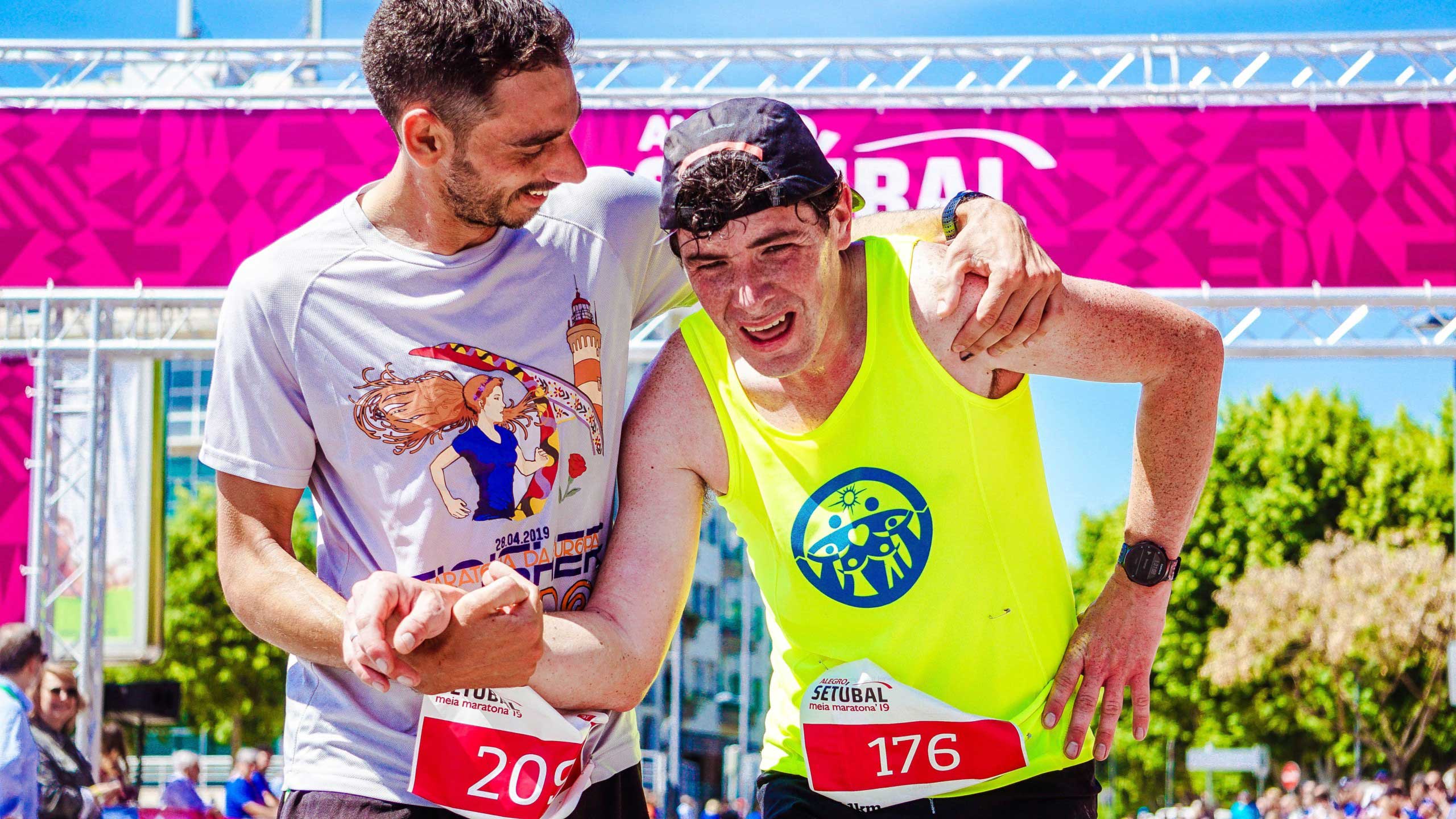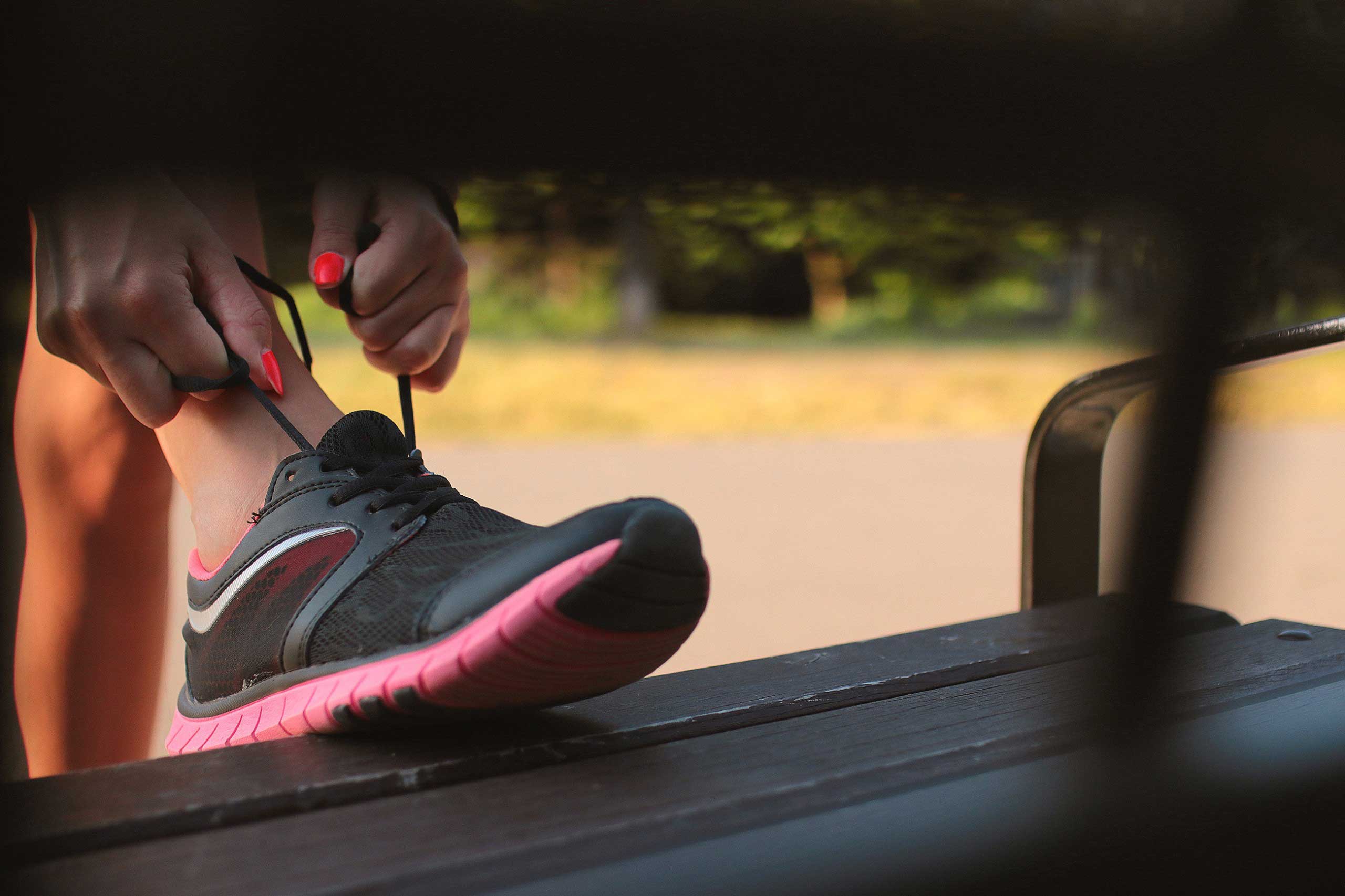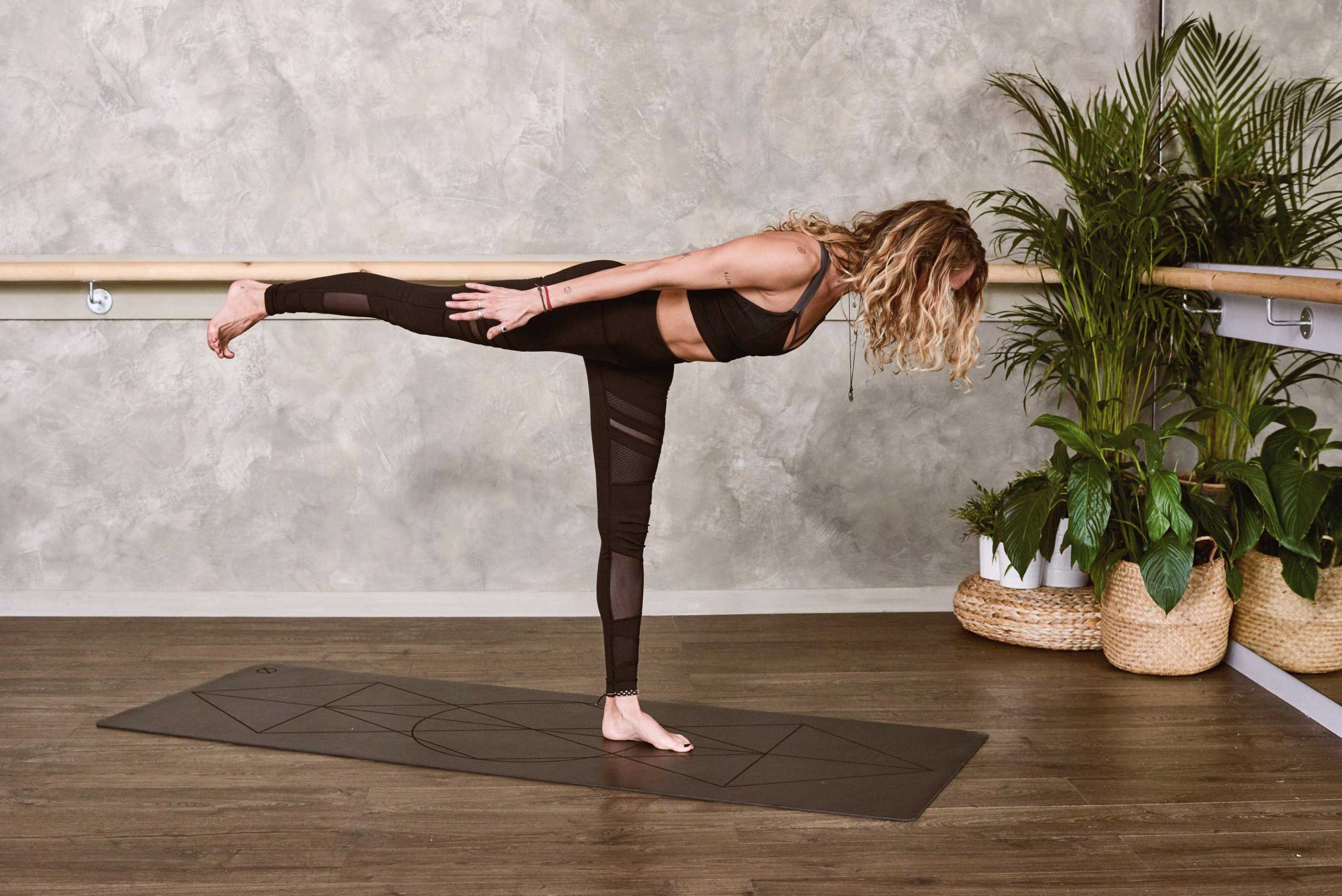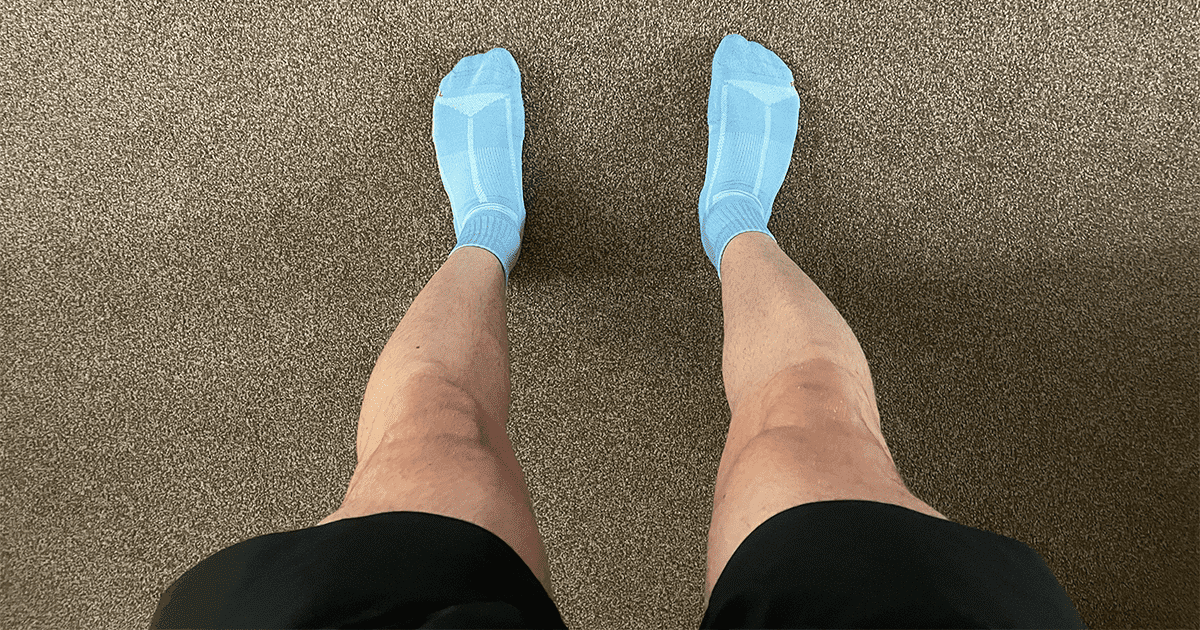9 Tips to help a friend start running
Got a friend who’s looking to start running? Here are nine tips to set them on their way fast and injury-free!

Whether you know someone who’s looking to start running, or you’re trying your best to convince a friend to become your new running buddy, you’re going to need a plan.
Like with many other sports, it takes time to adjust to running and it can rather challenging to begin with. However, with time, running gets easier, more enjoyable, and part of your regular routine.
Related: When do you start to enjoy running?
It’s trying to convince a friend of the above which is the tricky part. It can be somewhat intimidating starting to run, so it definitely comes in handy with a few tips to send your friends way.
Keep reading to find out nine tips to help a friend start running. From investing in the right running shoes to planning your training, we’ve got you covered.
1. Walk before you can run
It’s like childhood all over again. You must walk before you can run. As a beginner, if you’re unable to run no-longer than thirty-minutes without stopping, you will benefit from incorporating walk breaks into your training.
This is a popular training method carried out by many beginner runners. For example, you may run for five-minutes then walk for three-minutes, continuing this for a set period of time.
While many may not want to walk, or perhaps feel a little defeated, scheduling in walk breaks will actually increase your endurance and running specific strength. Likewise, including walk breaks into your training as a beginner will have you being able to run without stopping much sooner.
2. Run together

If this isn’t motivation, then I don’t know what is. Running with a friend can be a fantastic experience. Not only do you get to natter away, but you’re also able to push each other while staying much safer running as a two.
Related: 7 tips to stay safe when running during the day or at night.
When your friend is starting to run, you may have to slow down your usual pace a little for them to keep up. Rest assured they’ll be on their feet and maybe even racing past you in just a few weeks.
Before you know it, you’ll have a running buddy and someone to catch up with on your week’s antics in no-time whatsoever.
3. Plan your training and running beforehand
One of the best ways to make quick improvements to your running is to schedule and plan your training beforehand.
Not only will this remove the guessing game of when you’re actually going to run, but it’s also much easier to stick to a schedule – avoiding the odd training session being missed.
However, you may be wondering, what exactly are you supposed to plan? We suggest picking out the days in which you want to run alongside what type of run or running workout you wish to perform on the given day.
If your schedule happens to change, you can always move your runs accordingly to best fit into your week.
Tip: Sit down on a Sunday with a hot cup of tea and plan which days you’re going to run.
4. Suggest taking part in the couch to 5k programme
One of the more popular methods beginners are starting to run is through the couch to 5k training programme.
This is a nine-week programme incorporating both walking and running designed to have you able to run a 5k without stopping by the end of the programme.
You can find the couch to 5k programme on the NHS website, on the respective app stores, or via a quick google search.
Who is the couch to 5k programme best suited for?
The couch to 5k programme caters for all fitness levels. However, those who will best benefit are those currently unable to complete the 5k distance without walking or stopping in between their run.
If your friend is new to exercise or finds running/fitness slightly intimidating, this can be an excellent programme for them as well. This will allow them to increase their confidence and have them running (without stopping) in no time whatsoever (well, nine weeks to be exact).
5. Invest in the RIGHT running shoes

Much like Cinderella and the glass slipper, one shoe does not fit all. When it comes to running shoes, you want something comfortable, well-fitting, and designed to suit your running gait and form.
The best way to see which type of running shoe is RIGHT for you is to have a gait analysis performed. These can be done at the majority of high-end running stores and determine your running style, how your feet land, and most importantly, which type of running shoe is best for you.
6. Purchase some running attire once you start running
Did someone call for a shopping trip? Once beginning running you should invest in some running clothes to keep you comfortable, warm, and of course, looking stylish! We suggest at the bare-minimum investing in:
- A pair of running shorts
- A couple short-sleeved running tops
- A long-sleeved running top
- A three-quarter zip
- A pair of running tights to keep you warm during the cold winter months
Related: 10 of the best men’s running tights available in 2019.
Related: 10 of the best women’s running tights available in 2019.
7. How to stay injury-free

One of the best pieces of advice any runner can give to a beginner is how to stay injury-free. However, whether or not they’ll listen to you or make the same mistakes you may have is entirely up to them.
As a general piece of advice, we suggest beginning to run no more than three days per week. This can be gradually increased over time. However, ensure not to rush this process as this is where most beginners and experienced runners alike are most likely to pick up an overuse injury.
Related: 5 Tips to help you comeback from injury as a runner.
Another rule to follow is to increase your weekly mileage by no more than ten percent each week. Increasing this too soon will also increase their risk of overuse injury.
Finally, when possible we advise finding time to include a quick warmup before your run (especially when it’s cold), followed by a cool down at the end of each run to speed up your recovery and have you feeling much better the next day.
Related: How to recover after a run or race.
8. Be wary of the environment and temperature
One way many beginners runners become disheartened is not taking into consideration both the environment and the temperature which they’ll be training in.
Related: 8 tips to tackle the summer’s heat as a runner.
You won’t go from zero to hero overnight. For example, let’s say you live on a hill. It will take time to build endurance allowing you to run for longer-distances, never mind conquering a hill on the daily. Whether or not you then decide to walk the hill or not, just remember even the most experienced runners struggle with elevation and terrain changes.
Likewise, you should also pay attention to the temperature. In summer, ensure you drink plenty of fluids and stay hydrated. This will prevent your running performance from declining while preventing you from being dehydrated. Similarly, ensure to wrap up warm during the winter while warming up to increase your running performance and to reduce your risk of pulling a muscle.
Related: Why and how to perform a proper running warmup.
9. Most importantly, make it fun!

Finally, make it fun! Beginners to running or exercise, in general, are much more likely to stick to it if it’s enjoyable. One way to do this is to set realistic goals and to run with a friend (yes, your time has come). This can ease the transition to running while keeping up the motivation to train.
Related: 20 running quotes to motivate you for your next run.

Matthew is a lifelong runner, chief tester of all products, the founder of Running101, and freelance content writer for active brands. When he’s not writing, he enjoys lifting weights, cycling in the Lake District, and watching fast cars drive in circles on a Sunday. He also has a BA in sport, exercise and physical activity from the University of Durham.




